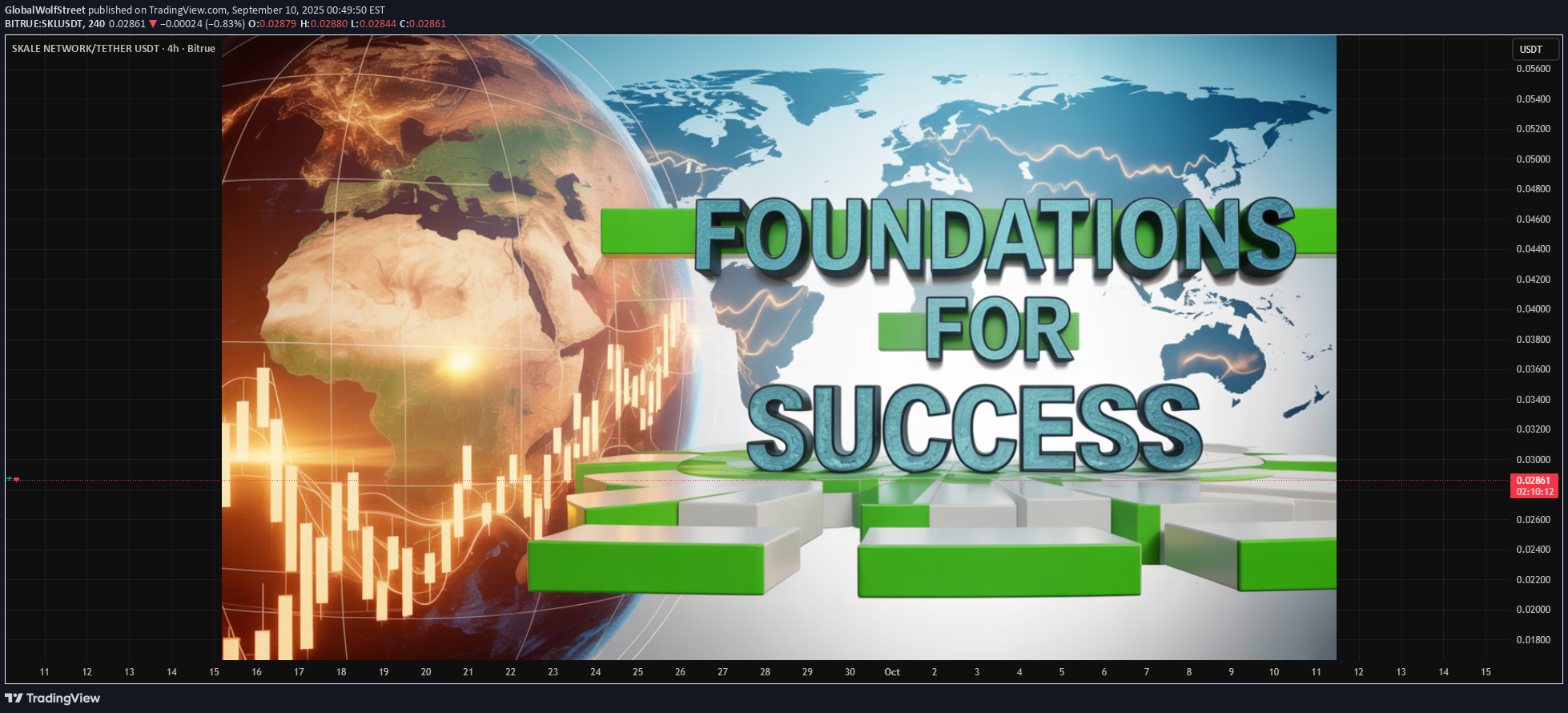تحليل التحليل الفني GlobalWolfStreet حول SKL في رمز في 10/9/2025

1. Historical Evolution of Global Markets Early Trade Systems The roots of global markets can be traced back thousands of years to barter-based exchanges and regional trade. Ancient civilizations like Mesopotamia, Egypt, China, and the Indus Valley engaged in trade using goods such as grain, spices, textiles, and metals. Over time, currencies in the form of coins and later paper money simplified transactions. Silk Road and Maritime Trade Between the 2nd century BCE and the 15th century CE, the Silk Road connected Asia, the Middle East, and Europe. This network facilitated not just goods but also culture, ideas, and technologies. Maritime trade routes across the Indian Ocean and Mediterranean further accelerated cross-border exchange. Colonial Era and Mercantilism The Age of Exploration (15th–18th centuries) brought about European colonization, global trade in spices, cotton, and precious metals, and unfortunately, also the slave trade. The mercantilist philosophy—where nations aimed to accumulate wealth through exports and restricted imports—dominated global markets. Industrial Revolution The Industrial Revolution in the 18th and 19th centuries transformed global markets with mass production, mechanization, and steam-powered transport. This era witnessed the rise of global corporations, banking systems, and stock exchanges. 20th Century and Globalization The 20th century saw the establishment of critical global institutions like the International Monetary Fund (IMF), World Bank, and later the World Trade Organization (WTO). The Bretton Woods system established a framework for currency exchange and stability. Post-1990s, globalization intensified with liberalized trade policies, financial deregulation, and technological innovation. 2. Core Components of Global Markets Goods and Services Trade The most visible aspect of global markets is the exchange of goods and services. Countries specialize in what they produce efficiently and trade for what they lack. For example, Saudi Arabia exports oil, while South Korea exports electronics. Financial Markets Financial markets provide the infrastructure for raising capital, trading securities, and managing risk. They include: Equity markets (stock exchanges like NYSE, NSE, LSE) Bond markets (government and corporate debt instruments) Derivatives markets (futures, options, swaps) Foreign exchange (Forex) markets (largest by volume globally) Capital Flows Investment across borders, including Foreign Direct Investment (FDI) and portfolio investment, forms a crucial foundation of global markets. Companies establish subsidiaries abroad while investors allocate funds to international assets. Labor Mobility Though limited compared to capital, the migration of skilled and unskilled labor plays a role in global markets. For instance, remittances from migrant workers significantly support economies like the Philippines, Mexico, and India. Digital and Technology-Driven Markets Today, e-commerce platforms, fintech solutions, and digital currencies like Bitcoin represent new dimensions of global markets. Technology has reduced transaction costs and barriers to entry. 3. Institutions Supporting Global Markets International Monetary Fund (IMF) Provides short-term financial assistance to countries facing balance-of-payment crises and advises on economic reforms. World Bank Focuses on long-term development projects, poverty alleviation, and infrastructure funding. World Trade Organization (WTO) Regulates international trade by providing dispute resolution and enforcing agreements to ensure free and fair trade. Central Banks Institutions like the U.S. Federal Reserve, European Central Bank, and Reserve Bank of India influence monetary policy, interest rates, and liquidity that impact global capital flows. Multinational Corporations (MNCs) Companies like Apple, Toyota, and Nestlé drive cross-border trade, investment, and cultural integration. They represent both opportunities and challenges in terms of competition and regulation. 4. Principles and Theories Underpinning Global Markets Comparative Advantage Proposed by David Ricardo, this principle states that nations benefit by specializing in goods they can produce relatively efficiently and trading for others. Supply and Demand The universal law of supply and demand governs price discovery in all global markets—whether for oil, wheat, or currencies. Market Efficiency Efficient Market Hypothesis (EMH) suggests that asset prices reflect all available information, though real-world evidence shows markets can be irrational at times. Risk and Return Investors allocate capital globally based on risk-return trade-offs, diversification benefits, and hedging strategies. 5. Drivers of Global Markets Globalization Integration of economies through trade, investment, and culture increases interdependence. Technology From telegraph and container shipping to blockchain and AI, technology has always shaped the speed and efficiency of global markets. Policy and Regulation Trade agreements (NAFTA, EU, ASEAN), tariffs, and sanctions influence the flow of goods and capital. Energy and Natural Resources Oil, gas, and minerals remain critical drivers of global trade and geopolitics. Geopolitics Wars, sanctions, and alliances impact supply chains, commodity prices, and investor confidence. 6. Risks in Global Markets Economic Risks Recessions, inflation, unemployment. Currency volatility and capital flight. Political Risks Instability, protectionism, and trade wars. Financial Risks Market bubbles, banking crises, and debt defaults. Environmental Risks Climate change, natural disasters, and sustainability challenges. Technological Risks Cybersecurity threats, digital fraud, and over-dependence on AI. The Future of Global Markets Sustainability and ESG Investing Environmental, Social, and Governance (ESG) principles are increasingly shaping investment decisions. Digital Transformation Fintech, blockchain, AI-driven trading, and Central Bank Digital Currencies (CBDCs) will redefine financial markets. Regionalization vs. Globalization While globalization remains strong, supply chain disruptions are pushing nations toward regional alliances. Inclusive Growth The future of global markets will depend on addressing inequality, ensuring fair trade, and supporting developing economies. Conclusion The foundations of the global market are built on centuries of trade, innovation, and institutional development. They rest upon principles like comparative advantage, risk management, and technological adoption, but they also face challenges from geopolitics, economic volatility, and environmental concerns. For businesses, investors, and nations, understanding these foundations is not just academic—it is practical. Decisions about trade policy, investment strategy, and resource allocation depend on recognizing the forces that shape global markets. As the world enters an era defined by digital transformation, sustainability, and geopolitical shifts, the global market will continue to evolve. Its foundations, however, remain rooted in human interdependence—the shared desire to exchange value, ideas, and opportunities across borders.
